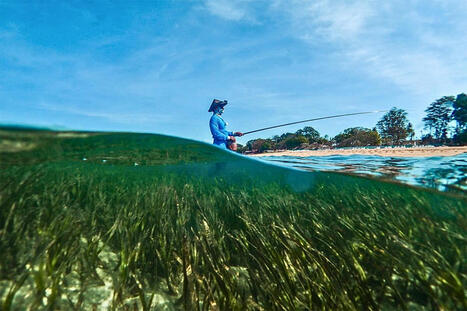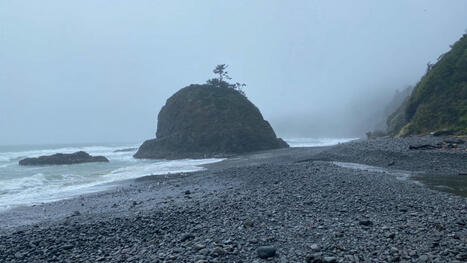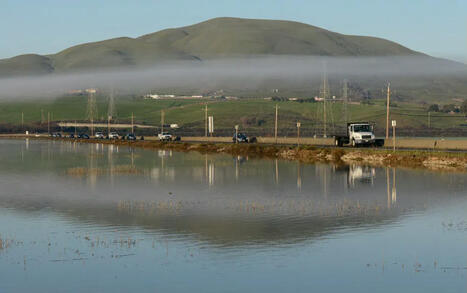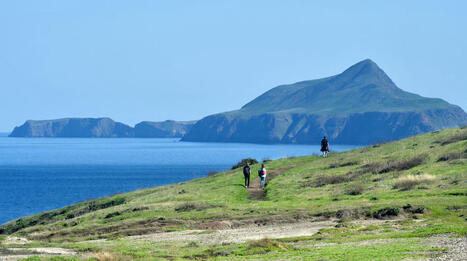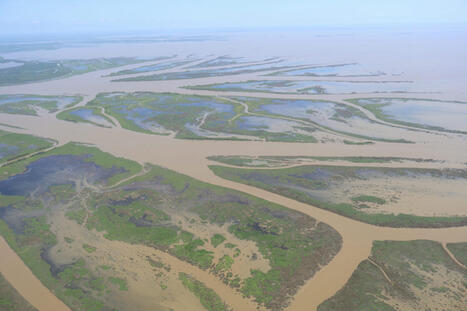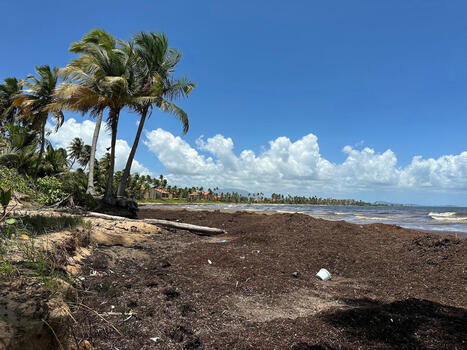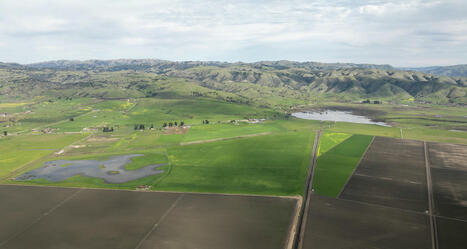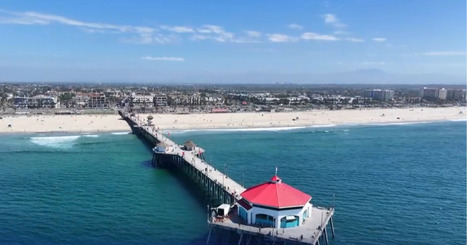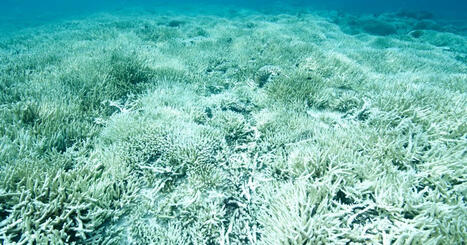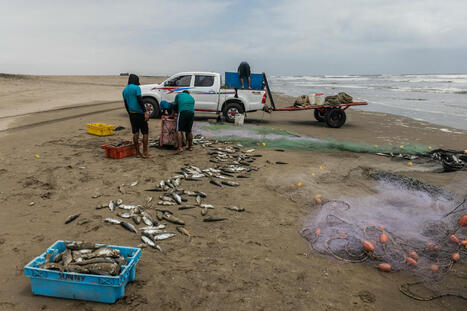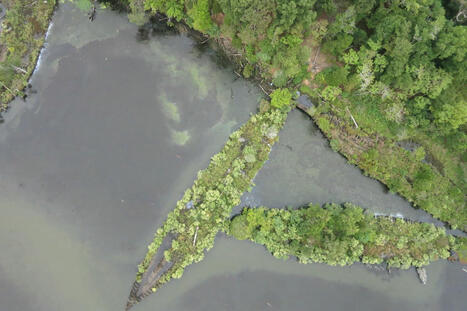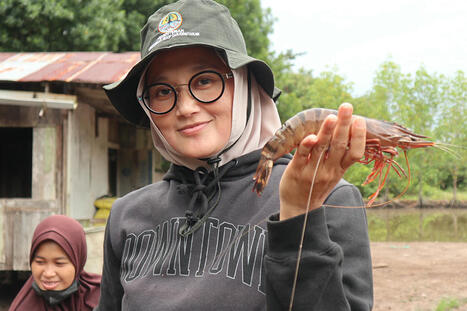China’s sustainability journey has been one of ‘two steps forward, one step back’. While lauded for the phenomenal progress it has made in areas such as renewable energy and poverty alleviation, China’s developmental path has been riddled with challenges.
The country may be famed for ‘China speed,’ but when it comes to realising its ambitious sustainable development goals, China’s size and complexity can mean change does not come quickly.
Perhaps, like the ‘airpocalyptic’ days before the central government scrambled to tackle air pollution, what China needs is a jolt to the system, a stimulus that forces swift action.
COVID-19 could be the wake-up call China needs.
The impact of the coronavirus outbreak, which has turned China’s vibrant cities into ghost towns overnight, is now being felt globally, with supply chains disrupted for everything from iPhones to automobiles.
Via EcoVadis






 Your new post is loading...
Your new post is loading...



